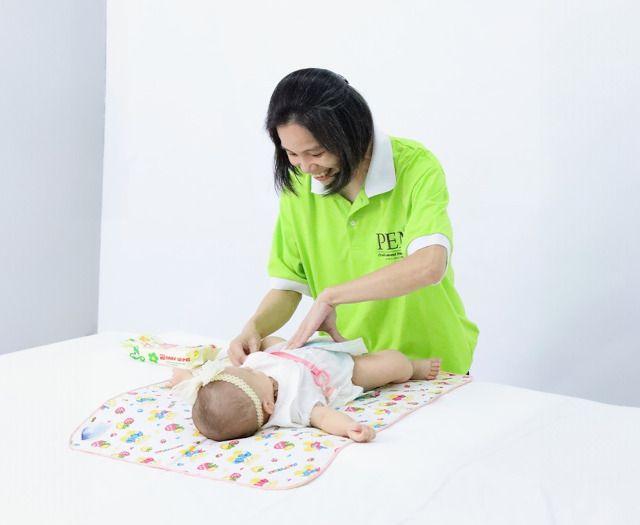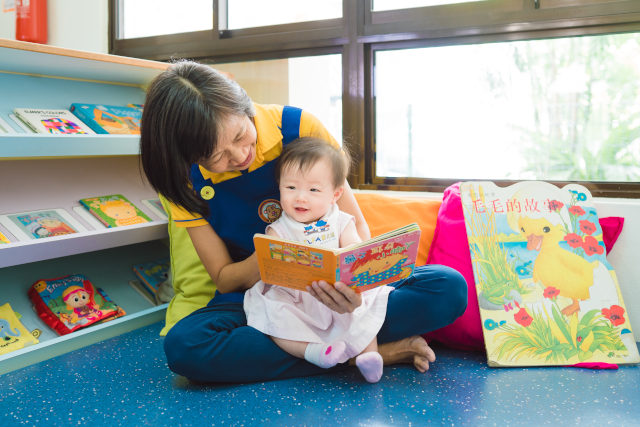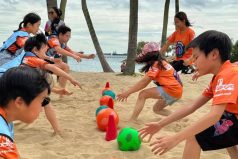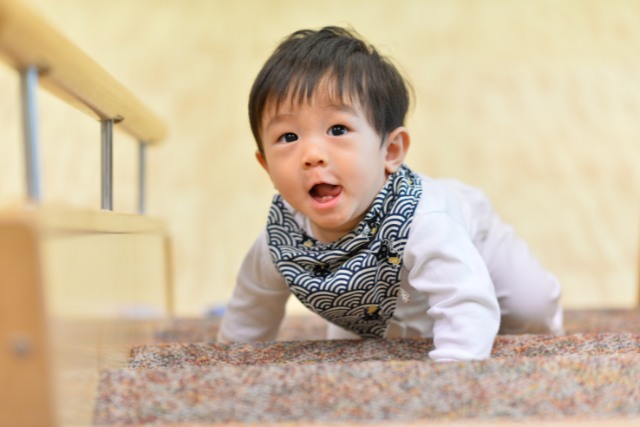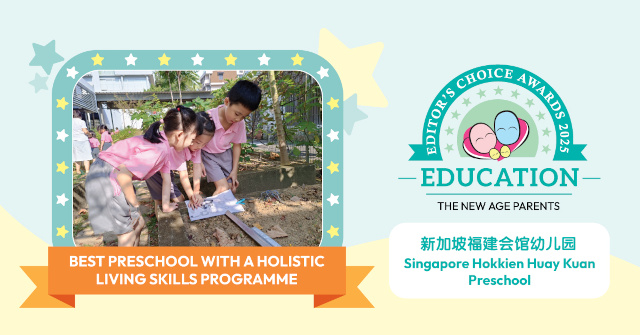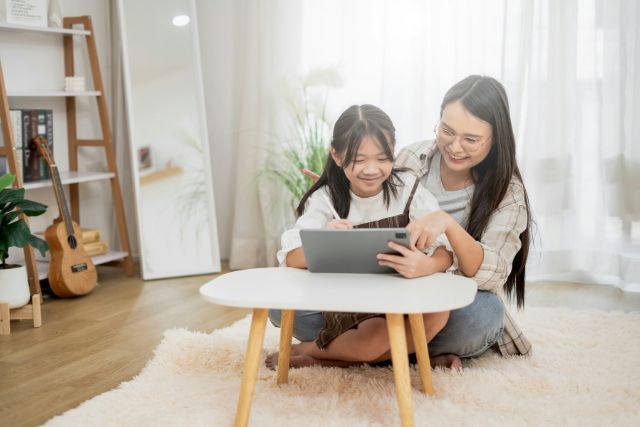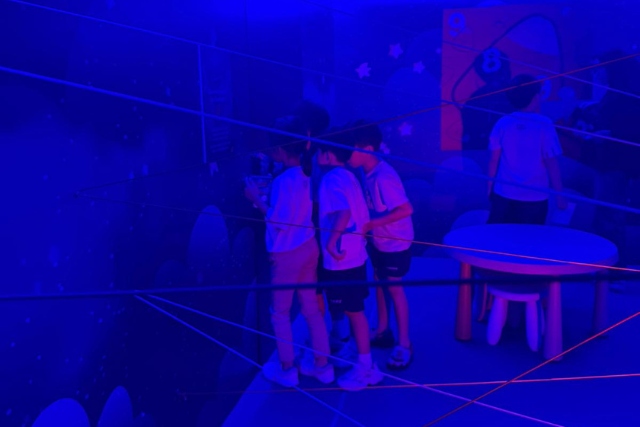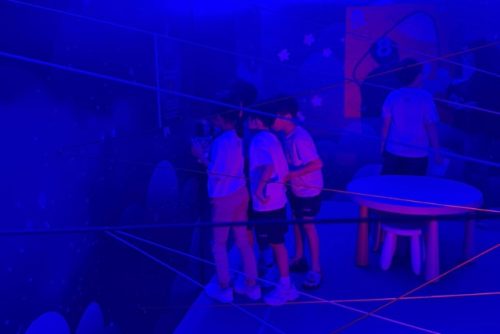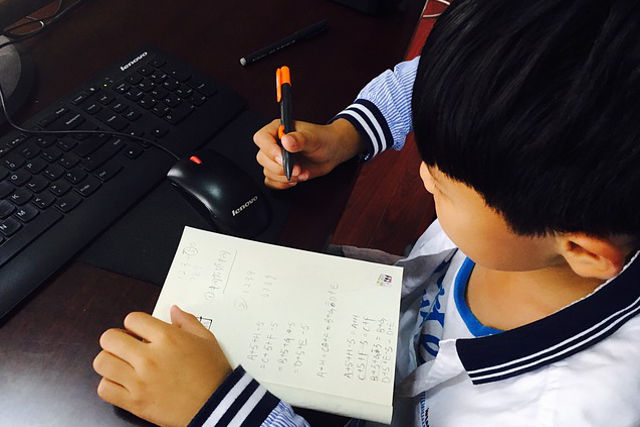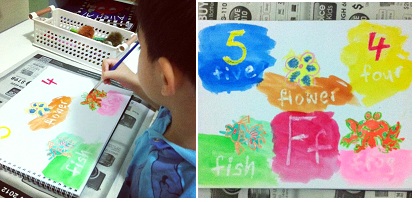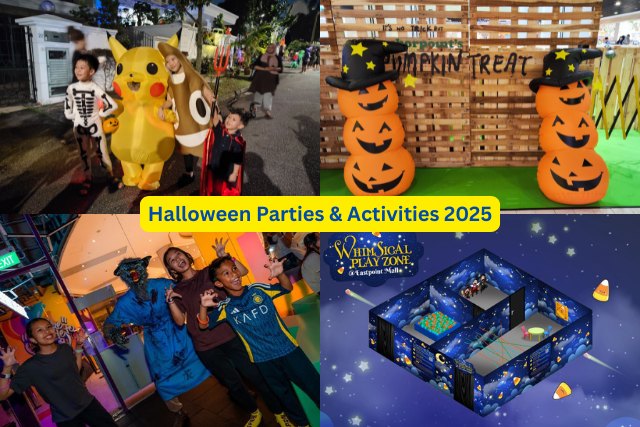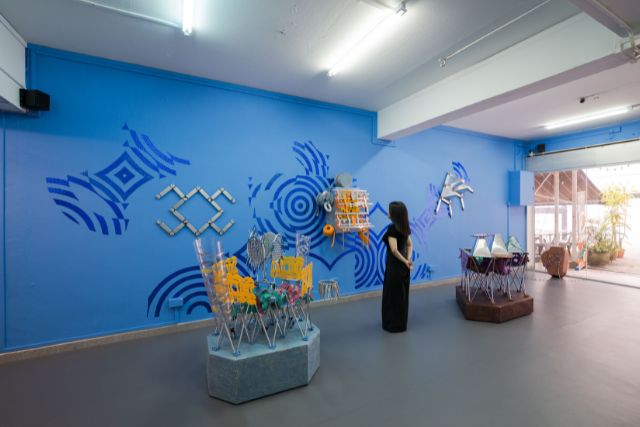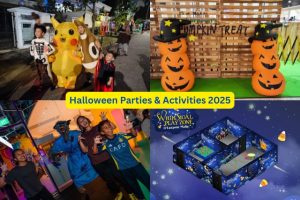All set to homeschool your child? Before that, here are 11 homeschooling principles for all homeschooling parents to note.
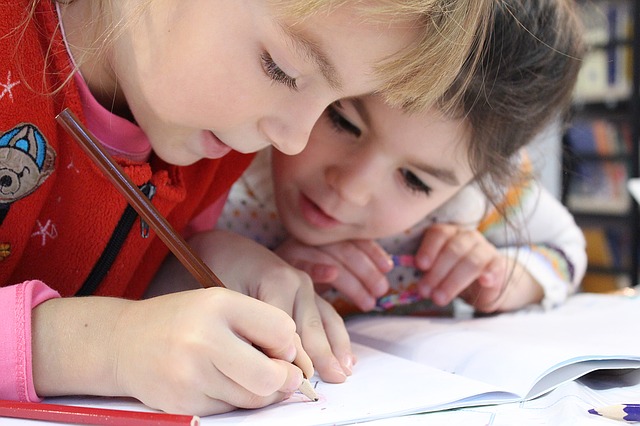
1. It’s all about a holistic development
Character, values and life skills – not just the acquisition of knowledge. Maria Montessori stressed that the “education of even a very small child does not aim at preparing him for school, but for life.”
2. Children learn naturally
To a great extent, all you need do is provide them with the opportunities, environment and materials that support self-initiated exploration and interaction with the real world.
Educator Lillian Katz says, “…the sooner a parent lets go of the idea of being a teacher, and embraces the idea of being more of a tour guide or docent, the sooner it will all fit smoothly together.”
You can just go about living your lives, exploring, observing, and posing questions for yourselves, adds Katz. “That is an appropriate preschool/kindergarten curriculum for a homeschooler. Your child will ask plenty of questions – you won’t need to worry about what to teach.”
3. Interaction, not instruction
Instead of pulling out a poster about the parts of a flower, and simply explaining what is printed, go for a walk and look for flowers. When you find one, show your child how to handle it with care. Probe it together and discuss what you see. Perhaps have your child draw it, or take pictures. Go to the library later and find books on flowers, integrating your new knowledge with your earlier discoveries.
4. Stimulate and support a love of learning
This will set up your child to be self-directed and a naturally diligent worker, whether or not there is an exam to prepare for. Focus less on mastery of content, and more on the process or journey of learning. Make it pleasurable, playful, and a natural part of your life. Children learn best when they are enjoying themselves.
When things get tense, or your child seems bored, take a break, or take the day off even. Shape your approach according to their learning styles. Some children learn best visually, others catch on better when they hear things, and still others need to move and handle things physically.
5. Build learning into daily routines and activities
While cooking, you count, measure, learn about chemical reactions. Trips to the market and other errands can involve making lists, recognizing words, planning your itinerary.
Create activities that become part of your lifestyle. Produce a family newsletter. Build a rock collection from finds on daily walks. Correspond with a relative by snail mail. Have a sing-along time as your post-breakfast habit.
See also: How to create consistent routines for children
6. Make it multi-sensory

Do activities or tasks that involve the five senses. Have them learn to write first using their finger in a tray of sand or make letter shapes with play dough. Teach counting, addition and subtraction using stones, leaves or sticks, or raw beans.
See also: DIY How to make your own sensory bins
7. Observe, observe, observe
When he sees you sewing, does he want to try it himself? Does she keep drawing rainbows? Pay attention to what they’re interested in and build on that. If he loves dinosaurs, set up an ‘excavation’ with plastic dinosaurs buried in a sandbox; check out books from the library; visit the natural history museum, sing songs about dinosaurs.
8. Prepare the environment
Use furniture and layouts conducive to the way small children function and work. Ensure activities and materials are easily accessible. An environment that is orderly enables children to function well, and challenges them to take ownership and be responsible to care for their own space. Prune their toy collection, selecting ones that promote imaginative or constructive play and creativity. Provide varied and quality materials for arts and crafts.
See also: How to create learning spaces for kids at home
9. Learn with the community
Remember the importance of interaction? Get involved in co-ops, field trips and social events through the local homeschooling network.
10. Have a schedule

This provides the structure you need to function optimally. Actual ‘work time’ only need be an hour or two daily. Include play times, nature, outdoor and physical activities. Don’t forget down-time too. Children (and even adults) need space and time to think and process what they’ve learned.
See also: How to be a more organised mum
11. Adapt and modify
Should you decide to go with a packaged curriculum, adapt and modify it to suit your needs. You don’t have to be a slave to it.
Here are more resources and ideas for activities:
- www.besthomeschooling.org/articles/lillian_jones_ps_kdgtn.html
- www.leapingfromthebox.com/art/kmg/kindergarten.html
- www.mariannesunderland.com
By Sara Rognstad
Homeschool Series:
Part 1: Should You Homeschool In Singapore?
Part 2: Homeschooling In Singapore
Part 3: Is Homeschooling For You And Your Child?
Part 4: The Pros And Cons Of Homeschooling
Part 5: Resources For Homeschool Parents
Part 6: Useful Tips For The New Homeschooling Mum
Part 7: Methods Of Homeschooling
Part 8: Why Do Parents Homeschool
Part 9: Homeschooling Mums In Singapore
Part 11: How to Apply For MOE Approval
If you find this article useful, do click Like and Share at the bottom of the post, thank you.
Want more comprehensive info? Check out our e-guides here.





